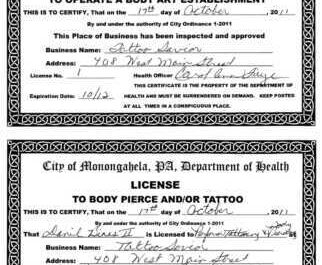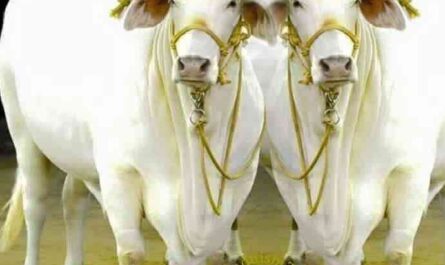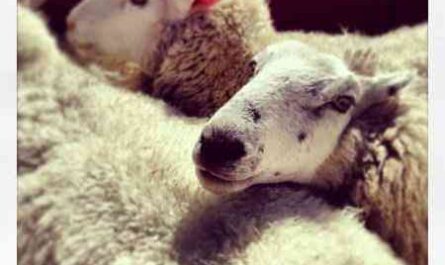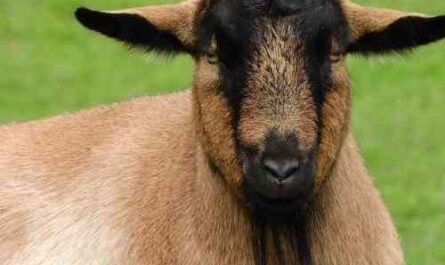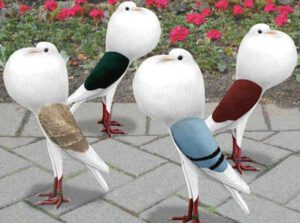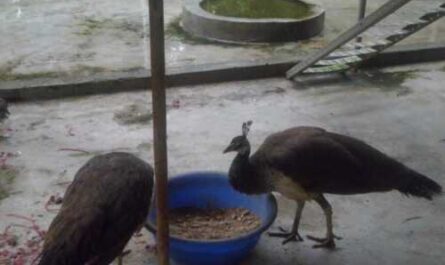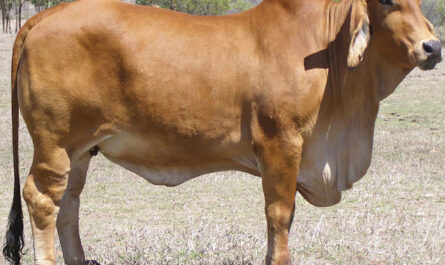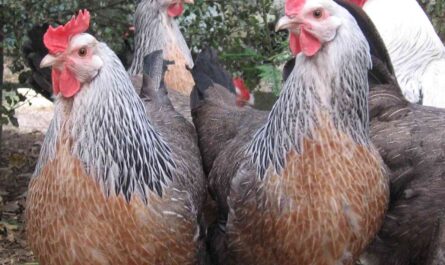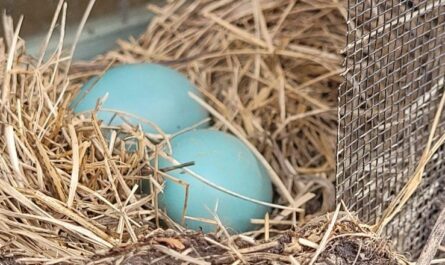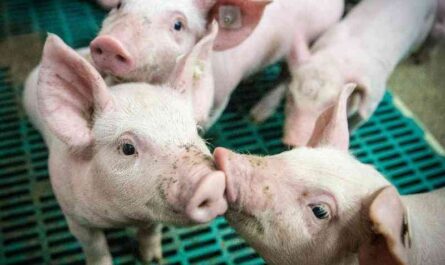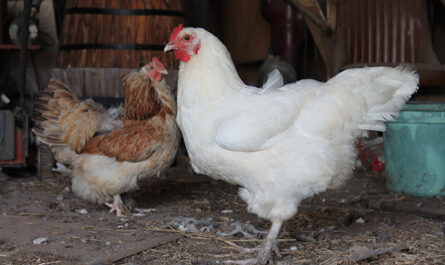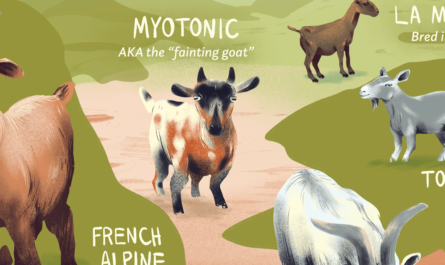The Jersey Giant Chicken was the largest breed of chicken raised in the United States at the end of the 19th century. The Jersey Giant Chicken was created by John and Thomas Black.
They were intended to replace the turkey and produce a breed of poultry, which at the time was mainly used for meat production.
Black Jawas, Black Langshans and Dark Brahms were used to produce Jersey Giant chickens. They were originally called the Jersey Black Giant, after the brothers who created the breed. The breed was bred as a dual-purpose bird in New Jersey in America around 1870.
The Jersey Giant chicken is a slow-maturing breed and has a poor feed-to-weight ratio. For this reason, they are not popular with commercial poultry farmers. But they were very popular as meat birds in the late 1800s.
There are three colors of this chicken breed recognized by the American Poultry Association’s Standard of Excellence. The American Poultry Association’s Standard of Excellence added the black variety in 1922, the white variety in 1947, and the blue variety in 2002.
On average, blacks weigh a pound more than whites. Although the current size of this breed is significant. Before, they were heavier.
The Giant Jersey Chicken is now listed as a Watch on the Conservation Priority List of American Livestock Breeds.
There is also a light version of the Jersey Giant Chicken. Discover below the characteristics, behavior, temperament and complete breed profile of the Jersey Giant chicken.
Characteristics of Chicken Jersey Giant
The Giant Jersey Chicken is the largest dual-purpose breed of chicken in the American class. It is good for eggs and meat. Giant Jersey chickens lay more eggs than other heavy breeds. They lay large, light brown eggs and are best known as good winter laying hens.
Chickens also incubate. But the Jersey Giant chicken is a slow growing breed compared to today’s broilers. They need plenty of food and time to grow to full size.
Sometimes Australorps are often confused with Jersey Giant chickens. But there are some differences between the two breeds. You can easily tell them apart by their legs.
The legs of Australorp chickens are black and the background is pinkish white. But the Jersey Giant chicken’s feet are black and the soles are yellow. Jersey giants are beautiful, huge birds.
They are well built, with a long, deep chest, and the construction is described as brick. They have a bright red comb, long beards and earlobes. Their eyes are dark brown and their skin color is yellow.
The black variety of Jersey Giant has black plumage with a nice green sheen. Black chicks are mostly black, but have cream markings on the underparts, wingtips, and around the face.
The protein is stored in the plumage until the final moulting of chicken feathers. The white variety of the Jersey Giant chicken has white plumage and very dark brown eyes. The chicks are a true smoky gray, ranging from almost black to very pale.
On average, a standard male Jersey Giant weighs around 5.9 kg and a female around 4.5 kg. At the same time, the weight of male roosters is about 1.1 kg, and females – about 0.96 kg. Photo by Chickeneggspert.
Behaviour/Temperament
Jersey Giant chickens are a very friendly, calm and obedient breed. They are durable and quite frost resistant. Roosters are rarely aggressive. This breed also gets along well with other varieties of birds and pets.
They are not fickle, but require a lot of space. So you don’t need particularly high limits to hold them. Chickens live like hens and are known to be very caring mothers.
Jersey Giants are a slow growing breed and take a long time to develop their large size. They are excellent foragers and do well in a free range system. They also tolerate imprisonment well. Pullets start laying eggs when they are about 6 months old. See this chicken breed’s full profile below.
| Breed name | Giant Jersey |
| another name | everything |
| Purpose of the breed | Dual purpose (meat and eggs) |
| Broad temperament | Calm, docile, friendly, quiet, tolerates lockdown well, easy to handle |
| Breed size | big |
| sullen instinct | Medium |
| comb | A |
| climatic tolerance | All climates / Cold endurance |
| egg color | light brown |
| Egg size | big |
| Egg performance | medium |
| feathered feet | Not |
| scarcity | Ordinary parts |
| Varieties | The black, blue and white varieties are recognized by the American Poultry Association’s Standard of Excellence. |


